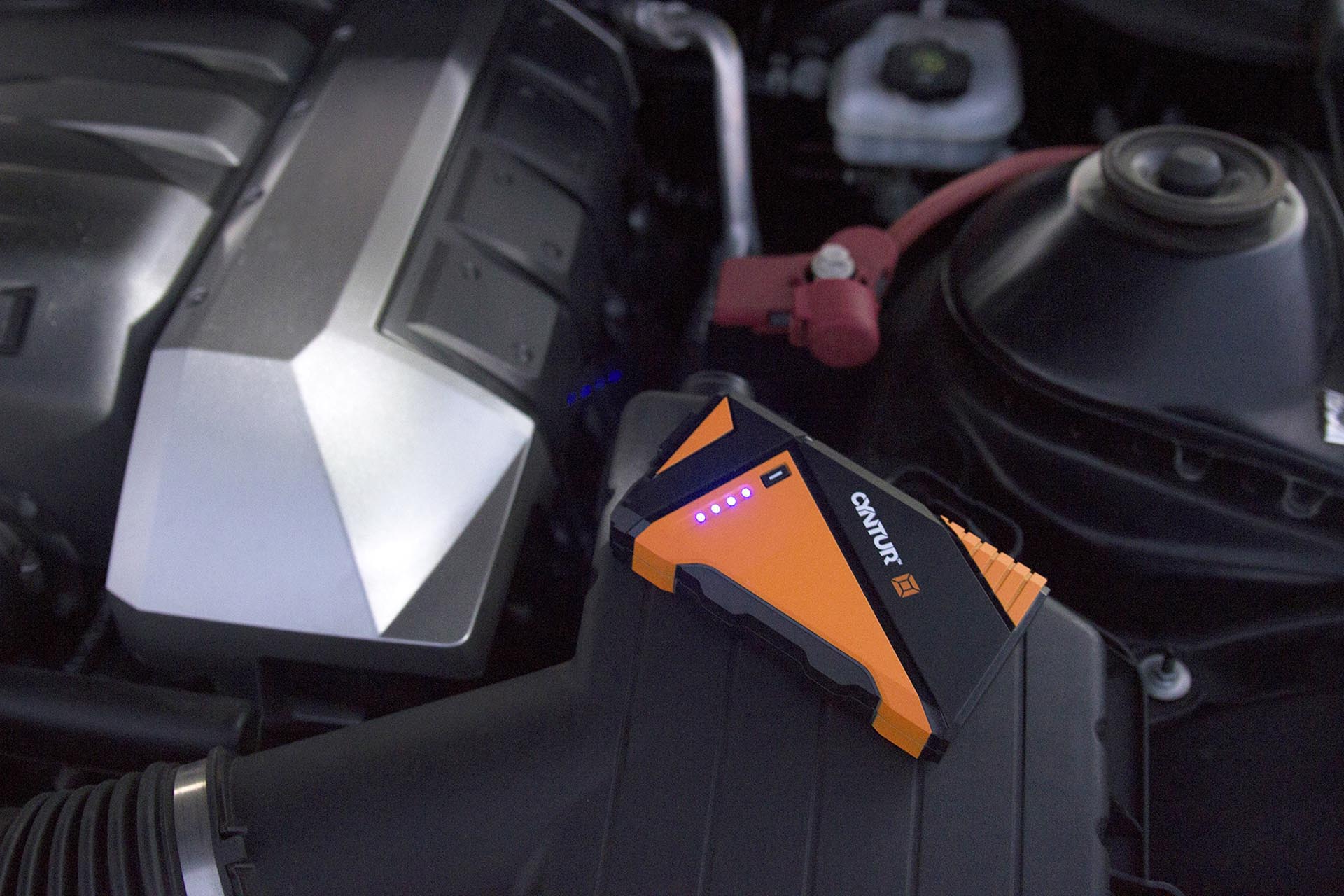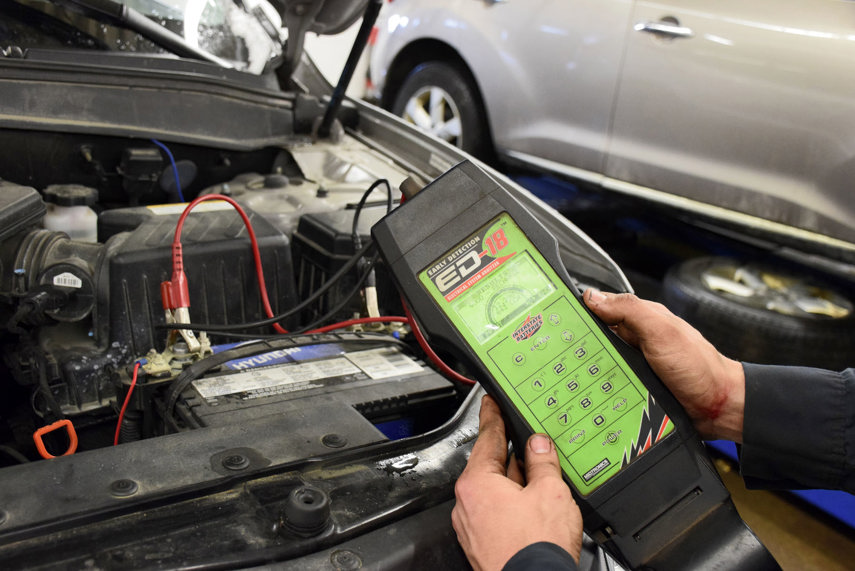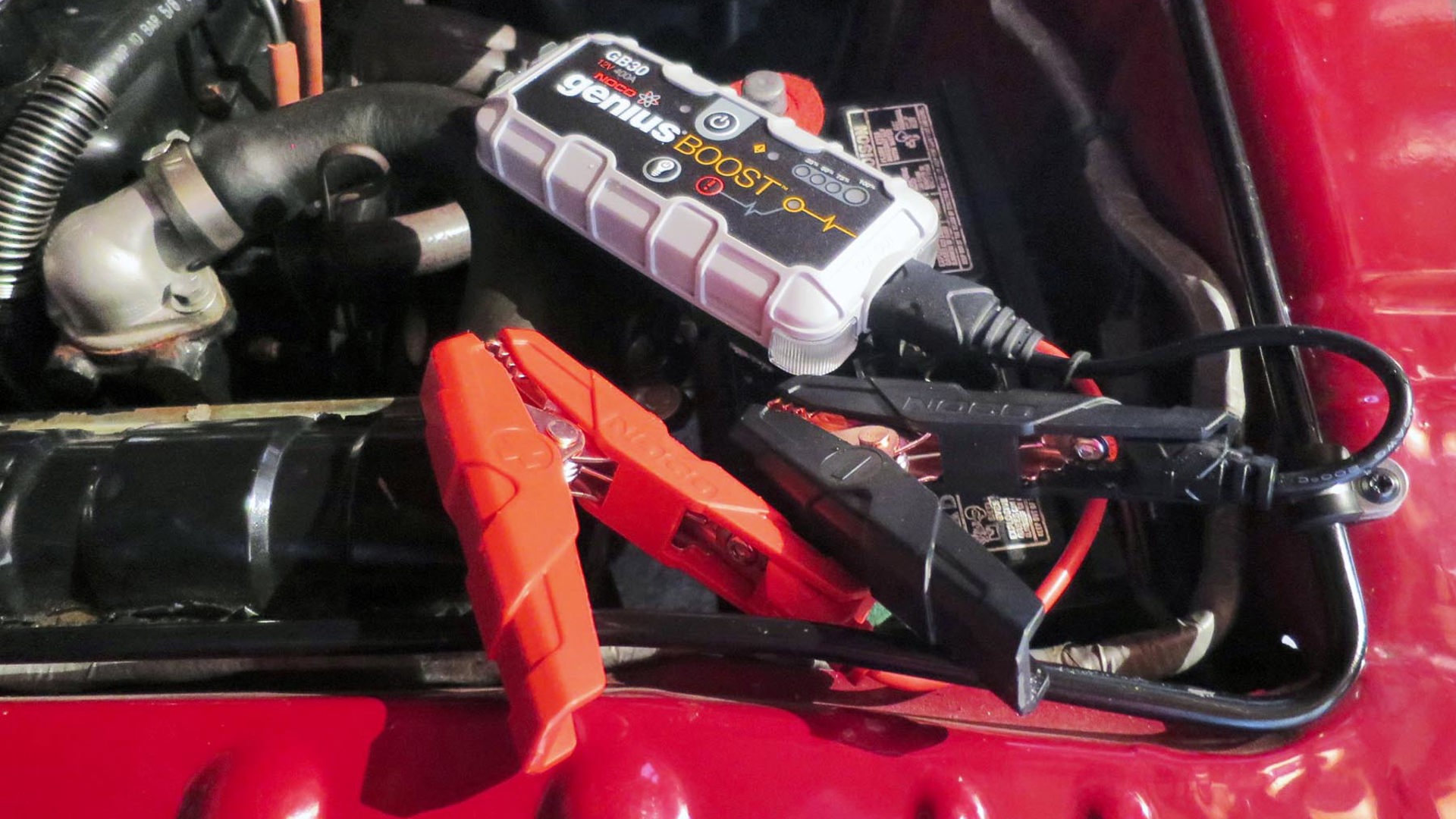I was already running five minutes late for supper at Mama’s place. She’s Italian, and when your Mama is Italian, you'd best be on time when there’s food.
Murphy’s Law? Engage.
I head outside, hop into the BMW M6 tester of the week, and head to Mama’s for supper. Only I don’t, since the battery is dead. Like ‘dead’ dead. Empty. Devoid of electrons. The dome lights won’t even turn on.
The culprit seemed to be the accidental dropping of my wallet next to the side of the seat, where it became wedged against the power seat adjustment switch, which it engaged when I closed the door on it, a few hours earlier. I figure the seat motor sucked up all the juice, leaving the M6’s battery flatter than a gluten-free pancake.
After calling a friend to come by with a donor vehicle (my neighbours were nowhere to be found), I hooked jumper cables to the battery in my buddy’s Ram, and popped the M6’s trunk (the battery is in the trunk, in an M6), and looked for jumper posts.

There were none. Instead, there was a big sticker advising that you should never boost directly to the M6’s battery, and had to use the jumper points under the hood, unless you like the smell of melted circuitry.
Now running late with fear of Mama’s wrath on my mind, I had to get the M6 into neutral, and push it out of the driveway, in order to connect the jumper cables. No problem: hop in, look at the shifter. Problem: the shifter is electronic. With a dead battery, there’s no getting it into neutral. No pushing. No chance of arriving at Mama’s on time. My jumper cables were completely useless, and I’d eventually see an apron-clad Mama standing in her driveway, saucy ladle in hand, with that dreaded scowl on her face.
So my pal off-roads his Ram through my front lawn, parks partly in a flower garden, and we boost the M6. I was 45 minutes late to Mama’s, but I think now, a year later, she’s forgiven me.
People, this could happen to any of you. Maybe you’ll be blessed with a dead battery in your family hauler this summer, and if you are, Murphy’s Law says it’ll happen when your entire family is on board, and while all of their gear is piled into the trunk, thereby burying the booster cables you left in the spare tire well. No matter, though: because Murphy’s Law also states that this will all occur in an empty parking lot, miles from home, without a soul in sight to help lend you some electrons to jump-start your engine.
Turns out, there’s a simple way to stick it to Murphy, and his stupid law: get yourself a portable power pack, and submit your archaic jumper cables to the nearest appropriate recycling receptacle.
Join me in saying the following: “Hey, Murphy. Screw you!”
As battery technology becomes more advanced and affordable, smaller and smaller devices can store more and more juice – including within a new breed of portable power packs that can boost numerous dead car batteries on a single charge, whether you’ve got a donor battery nearby or not. No matter where you are. No matter what time it is.

So, consider investing $100 to $200 on a portable power pack, and then travel with high-tech protection from dead batteries in your car, or anything else.
Your writer, and his mechanic pal, have personally tested the Noco Genius Boost Jump Starter, the Cyntur JumperPack Mini, and several similar power pack products available from your local department store or auto parts centre. I’m not here to sell you one. Some are all fancy, others are basic. But they all do basically the same thing: get your dead battery functional again, sans jumper cables.
The sticky? You plug these devices in (at home, or via your car’s power outlet), to store a charge in an integrated battery. Most of these new, ultra-portable power packs are small enough to fit easily in your car or crossover’s centre console storage bin, door pocket, or glovebox—meaning they’re easily accessible when needed, and not likely to be forgotten deep within your ride’s spare tire well, or hanging on the wall in your garage.
And they’re great in emergencies. Most portable power packs feature added functionalities like a built-in flashlight or S.O.S strobe light, as well as multiple USB ports to recharge a dead cellular phone, for instance. Some models, including the Noco Genuis Boost, are even spark-proof, auto-reversing the polarity if the built-in jumper cables are hooked up backwards by a jump-starting noob.
So, if your ride suffers a dead battery, you’ll be back up and running again, lickety-split, even if you’re all on your lonesome. Finally, as most portable power packs store enough juice to restart a vehicle numerous times, you’re covered for the rest of your trip, until a mechanic can, say, repair a potential problem with your battery alternator.
Some readers have even emailed, advising that a portable power pack makes an ideal gift for a young driver or student, for maximum confidence on long drives out of town.

A personal test of both units mentioned here saw each (quickly) fire up Old Rudyard, a Jeep Liberty that had been sitting, with a TOTALLY dead battery, behind my mechanic’s shop, for two years. My mechanic was so impressed, he even replaced his shop’s large, wheeled battery booster cart with a Noco GeniusBoost, which he says is just as effective, and a fraction of the size.
Booster packs are great at the beach or cabin, too. Use them to fire up a dead boat, ATV or jet-ski, or to power or recharge portable speakers, MP3 players, or even air compressors for inflatable toys. Finally, with the ability to hold onto a charge for up to a year, or even more, protection from a flat battery is as simple as charging the device up, tossing it into your car, and forgetting about it.
Before shopping, compare product specifications and literature against the vehicle(s) you may wind up using the power pack on, noting that large engines, and especially diesel engines, will typically require a higher-capacity power pack for boosting. And, regardless of the claims of the power pack you’re considering, remember that temperature extremes tend to weaken the charge of a battery, so be sure to quickly check the charge of the device monthly, whether you’ve used it or not.
Pricing for a quality portable power pack ranges between $100 to $300.

